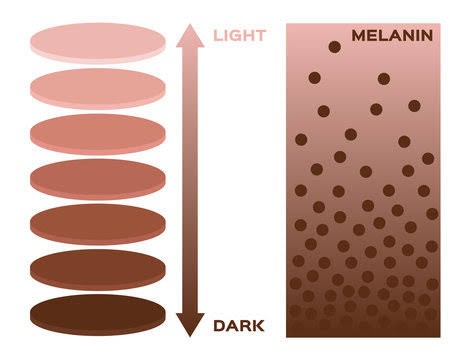Free Courses Sale ends Soon, Get It Now


Free Courses Sale ends Soon, Get It Now



Disclaimer: Copyright infringement not intended.
Context: Indian-Origin Researcher Vivek Bajpai Identifies 135 New Melanin Genes Responsible for Pigmentation.
More on news
Meloansome synthesis
Importance of the finding
About Melanin
Melanosome and skin colors

International Albinism awareness day

|
PRACTICE QUESTION Q. Recent developments and findings associated with melanin genes have far reaching benefits in future. Critically analyze. ( 250 words) |
© 2024 iasgyan. All right reserved